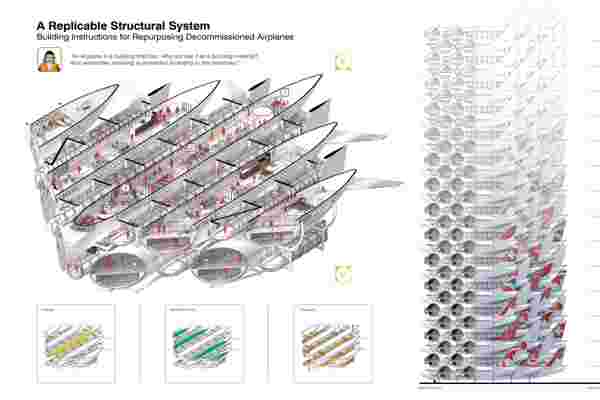{"type":"video","version":"1.0","provider_name":"Vimeo","provider_url":"https://vimeoom/","title":"WAYA","author_name":"Lazzarini Design","author_url":"https://vimeoom/lazzarini","is_plus":"1","account_type":"plus","html":"<iframe src="https://player.vimeoom/video/264883844?h=8fc89319d0&dnt=1&app_id=122963" width="1050" height="591" frameborder="0" allow="autoplay; fullscreen; picture-in-picture" allowfullscreen title="WAYA"></iframe>","width":"1050","height":"591","duration":"301","description":"","thumbnail_url":"https://i.vimeocdnom/video/696037792-0315617ffd8d97518e465f4c6540ae5e3dc2a786f536690eb6c103b246722cdf-d_960","thumbnail_width":"960","thumbnail_height":"540","thumbnail_url_with_play_button":"https://i.vimeocdnom/filter/overlay?src0=https%3A%2F%2Fi.vimeocdnom%2Fvideo%2F696037792-0315617ffd8d97518e465f4c6540ae5e3dc2a786f536690eb6c103b246722cdf-d_960&src1=http%3A%2F%2Ff.vimeocdnom%2Fp%2Fimages%2Fcrawler_play.png","upload_date":"2018-04-15 17:45:17","video_id":"264883844","uri":"/videos/264883844","arve_cachetime":"2021-09-27 04:48:43","arve_url":"https://vimeoom/264883844"}
As society faces unforeseen struggles, and with climate-change just around the corner, these floating communities give insight into a new sort of habitat that’s up to the challenge of rising sea levels and of social distancing. Meet the Waya, a set of pyramid-shaped floating buildings that become a community on water. Designed by Lazzarini Design Studio, the Waya mimics the structures of the Mayan civilization, with a heavy reliance on pyramid-shaped forms. This shape allows structures to have a lower center of gravity and be very stable, while giving you slanted walls that are perfect for mounting solar panels to harness energy.
The Waya aren’t homes or individual yachts, they’re societies with all the elements needed for sustenance. Smaller floating structures act as personal houses, while larger ones serve the purpose of hotels and community centers. The Wayaland floating community even has entertainment and recreational zones spanning gyms, cinemas, shops, floating beach clubs, as well as greenhouses for growing produce that helps feed the people on-board. The floating architectural units are made from fiberglass, carbon fiber, and steel, and even have large underwater spaces that help extend living/storage capabilities while allowing the Wayas to easily float upright on water. Smaller Wayas come with two floors (including an underwater floor) while larger ones can go up to 10 floors in height, accommodating a host of people. Commuting between individual Waya units and to-and-from land can be done via boats, which then dock into dedicated boat-garages, while larger Waya buildings even have the capacity for a helipad or two. Deliveries between land and the Waya communities can be fulfilled using drones. The communities have the ability to slowly migrate too, allowing them to detach from a coastline whenever needed and float to an isolated location. Solar panels on each Waya building help supply the community with enough power to sustain them for long periods of time.
Shifting to a water-based society may feel like a bit of a cop-out at tackling real-world problems like climate change or pandemics, but they definitely do something interesting. By making humans migrate to water, the Waya frees up land for nature to take over, while ensuring that humans are much more mindful of their habit of pumping garbage into oceans… after all, you wouldn’t want your luxurious yacht to be trapped in sludge, garbage, and floating plastic, would you? Moreover, they even help strictly isolate communities, and more importantly take humans off the electricity grid, making them much more reliant on renewable sources of energy. The Wayaland floating community exists as a concept, but Lazzarini Design is trying to crowdfund €350,000 ($382,000) to build the smallest, basic unit to prove the entire project’s overall feasibility. In return as perks, the studio is offering backers Wayaland passports and short stays at the community’s floating hotels once the project gets successfully executed by 2022.
Designer: Lazzarini Design
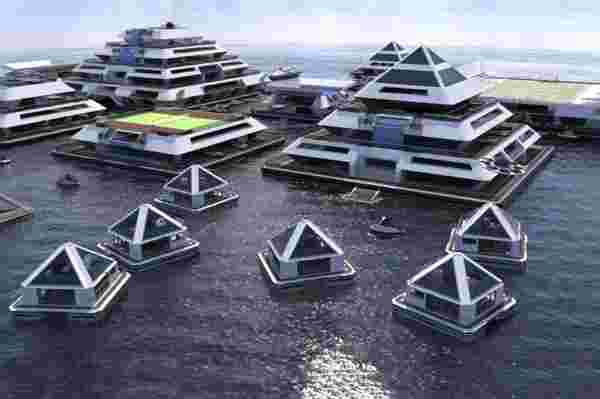
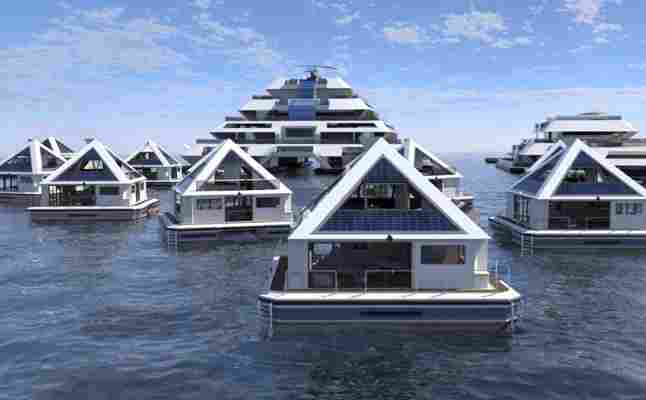
This metal structure was restored to bring ‘starry night’ to your cabin
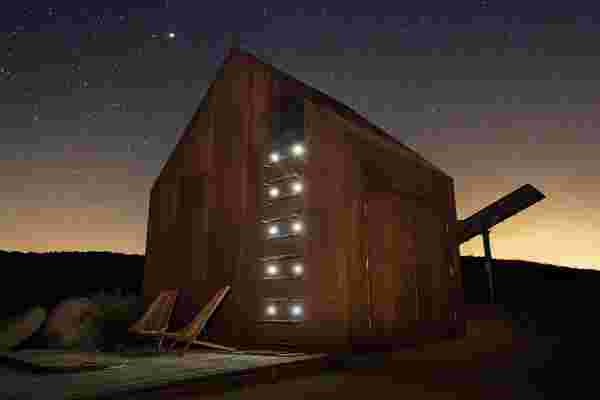
I, just like all of you, am waiting for the pandemic to end so I can go on a vacation. I am not even talking about a walk-all-over-a-new-city kind of trip, I just want a change of scenery and a couple of days in the middle of nature which makes the fascinating Folly Cabin in Joshua Tree, California the perfect choice. What makes Folly Cabin different from the other desert Airbnbs? Well, for starters the Folly Cabin is a restored metal structure that was designed to give you an immersive experience in nature that was compatible with the modern lifestyle.
Malek Alqadi’s Cohesion Studio refurbished an existing metal structure and expanded the property by adding a second one. The main cabin’s interior decor is straight out of Pinterest featuring details that blend concrete, natural stone, dark furniture, weathered metal, and warm wooden accents. It is compact but comfortably hosts 6 people, the structure has been optimized to be spacious and airy complete with a dining area, kitchen, and lounge. The second adjacent cabin has resources that will make it possible for you to be off-grid with water collection systems and solar panels. I think my favorite part of the house is the Portal’s queen bed upstairs where I picture myself stargazing through the skylight, and I tell you this through personal experience that Joshua Tree has some of the best night skies I’ve seen! Folly Cabin team also has an innovative suggestion to transform the room into a sunbathing suite during the day.
The outdoor space has a wooden deck, a soaking tub, and a BBQ for the perfect relaxing evening. While it may look rustic, the cabin is equipped with all modern technology like fast WiFi, keyless access, and interactive touch control panels. “The cabin explores moments of disconnect, that provide guests a sense of self and solitude. The luxury to unplug, while reconnecting with your surroundings. An experience that will preserve and pay respects to its unique environment and history,” says the team about Folly Collection’s philosophy.
Designer: Malek Alqadi
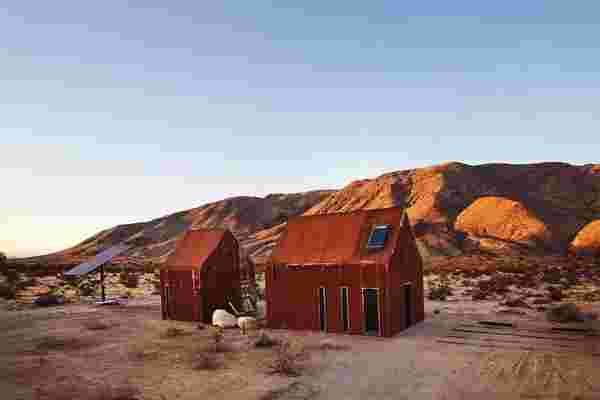
The 737 Max skyscraper vertically stacks Boeing’s planes to turn them into residential complexes
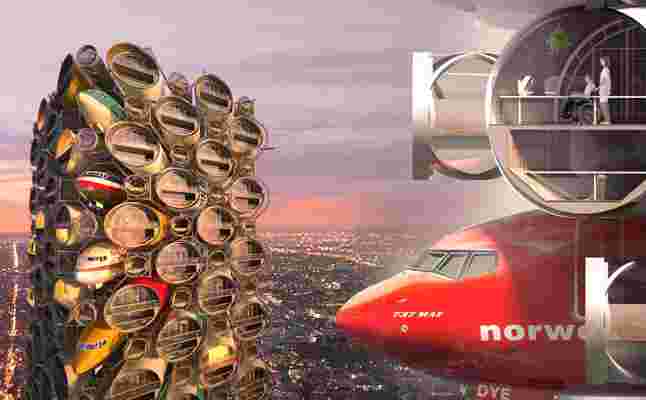
“An airplane is a building that flies – so why not use it as a building material?”
Designed as an entrant for the 2020 eVolo Skyscraper Competition, the 737 Max Tower turns one of the world’s most controversial aircrafts of modern times into housing. The Boeing 737 Max made headlines after its launch in 2016, when it was revealed that the aircraft’s own internal software was causing the plane to malfunction and take nosedive. This malfunction caused two 737 Max planes to fatally crash with passengers on board, throwing the entire line of planes into question. Just as Boeing was rectifying this issue and placating the countries and airlines that had placed orders, the novel coronavirus outbreak completely halted air travel. Needless to say, the company saw a mass cancellation of orders, forcing Boeing to entirely suspend production of the 737 Max.
“What about the planes that have already been made though?”, thought designers Victor Hugo Azevedo and Cheryl Lu Xu, who’s entry into this year’s Evolo Skyscraper Competition got them an honorable mention. The 737 Max Skyscraper leverages the architectural potential of an aircraft, converting it into a series of budget residences for the homeless. The aircrafts are stacked vertically, and trimmed to form the basic shape of a literal Jenga-tower of airplanes. The fuselages are structurally sound, waterproof, and relatively sound-proof to, making them pretty suitable for living, and providing shelter for the thousands of homeless people around Los Angeles. Way to solve the homelessness problem and the surplus discontinued aircraft problem with one stone, eh!? While you’re at it, use their jet engines to power the building’s HVAC too!
Designers: Victor Hugo Azevedo & Cheryl Lu Xu.
